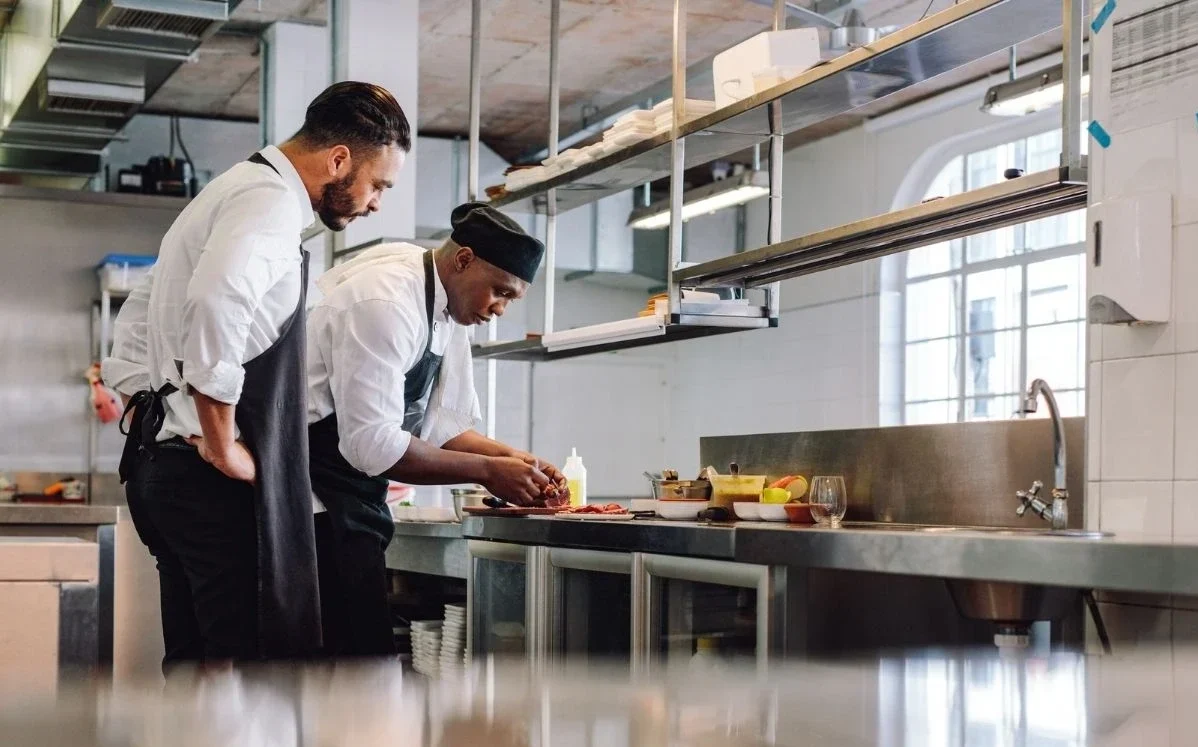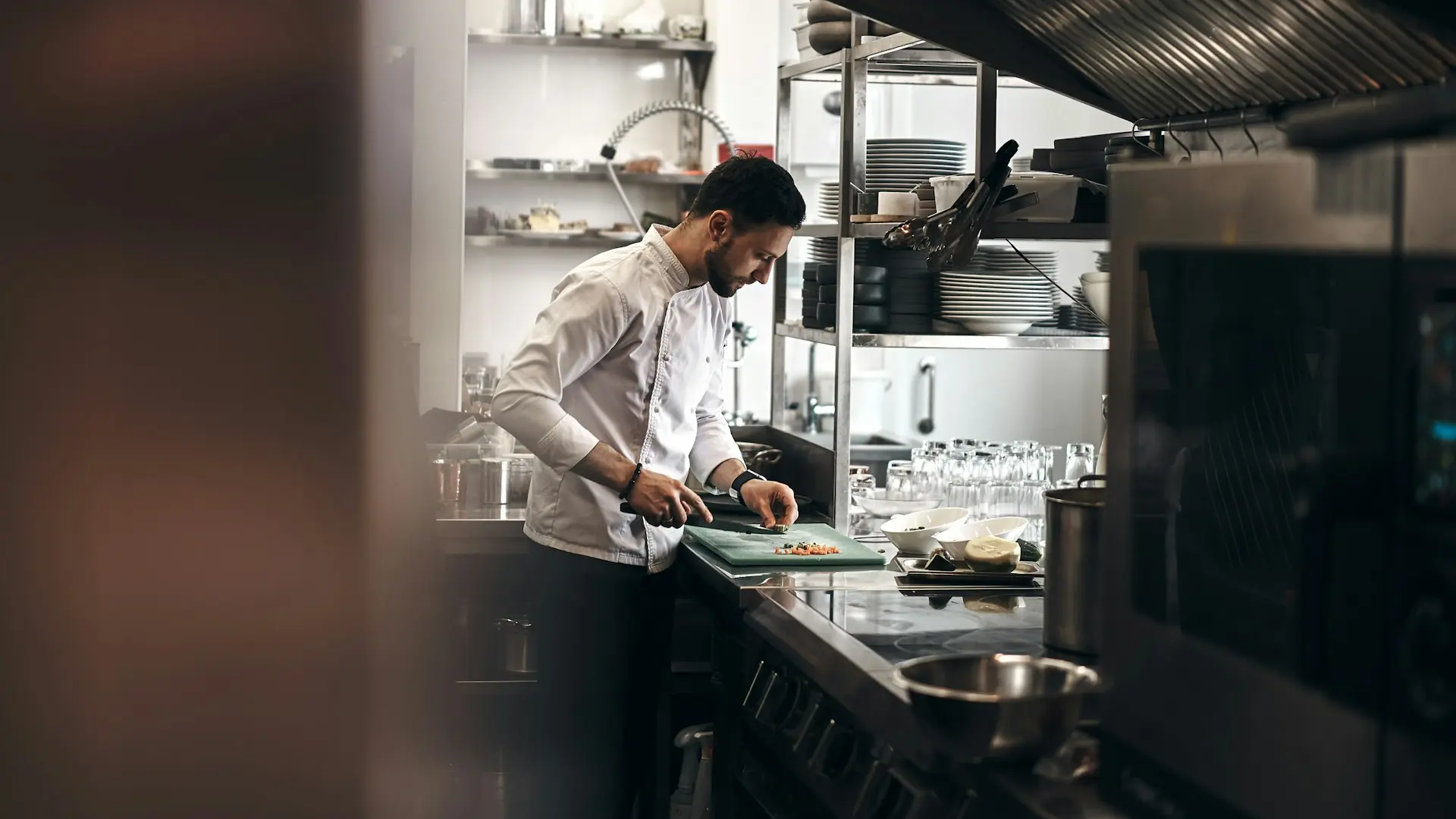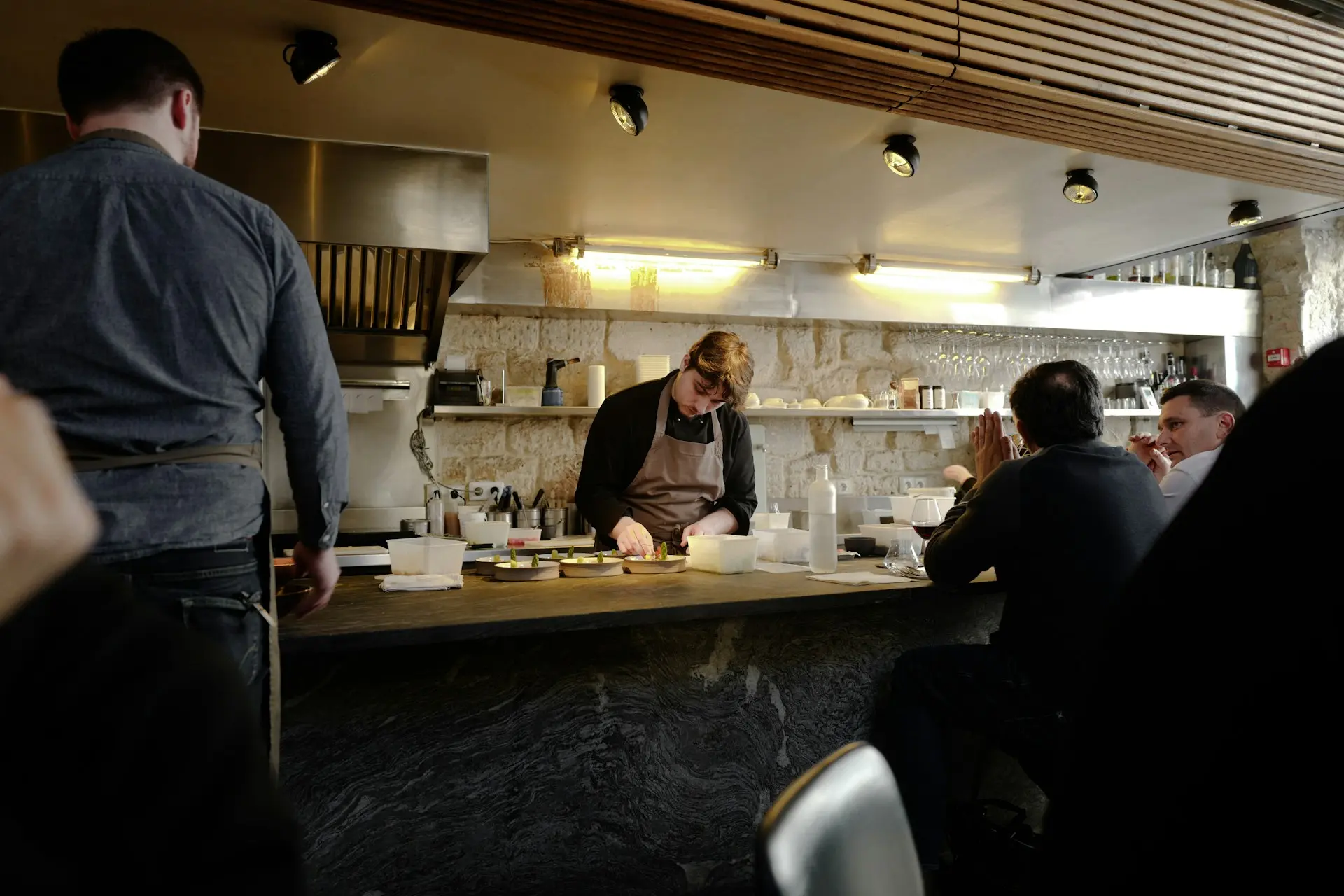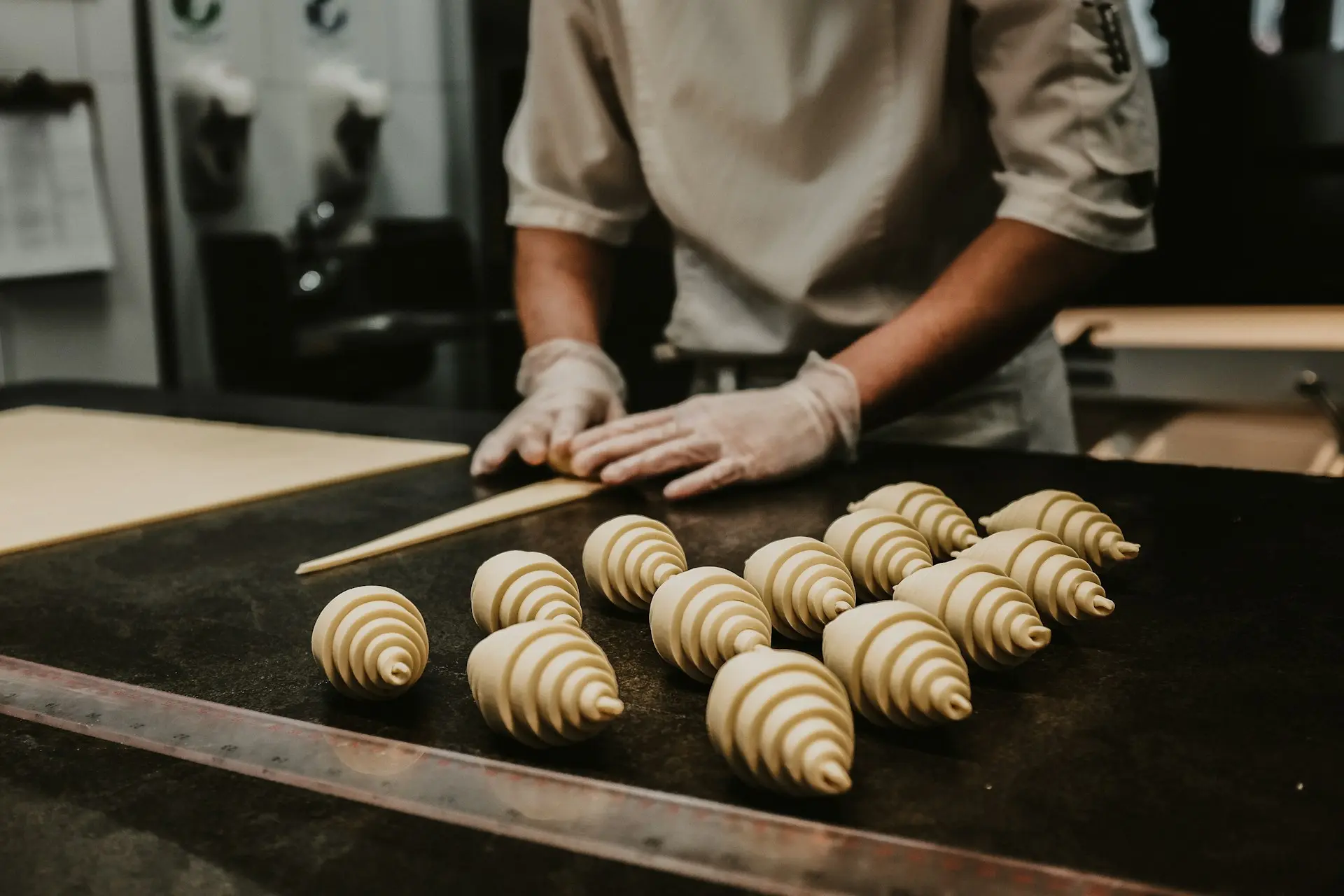

The hospitality sector offers a wide variety of restaurant job positions, each with specific responsibilities that ensure smooth service. From the kitchen to the dining room, all employees are part of an organized chain that allows for professional customer service.
A restaurant has a defined organizational chart that outlines the hierarchy and functions of each position. Coordination between kitchen, dining room, and management is essential to maintain service quality.
Among the most important roles are the manager or supervisor, who oversees all operations, and the head chef, responsible for the culinary area. We also find the maître d’, who leads the dining room team and ensures impeccable service.
The dining room team consists of waiters, assistants, and sometimes specialized staff such as the sommelier. Their mission is to ensure a satisfying experience, from welcoming the customer to serving dishes according to proper protocol.
Within the kitchen brigade, there are different categories: station chefs, cooks, assistants, and auxiliaries. Each has a specific role, from preparing complex recipes to supporting ingredient prep and utensil cleaning.
In addition to basic roles, there are specialized figures who enhance the service and add value for the customer.
The maître d’ is the top person in charge of dining room service, coordinating waiters and ensuring every detail is under control. Dining room supervisors oversee specific areas of the restaurant.
The sommelier advises customers on wine and beverage selection, playing a key role in high-end restaurants. There may also be bar or cocktail managers who complement the culinary offering.
In some restaurants, especially in hotels or luxury establishments, the receptionist is essential for making a first impression and managing reservations.
Beyond job titles, restaurant functions vary depending on the area of work.
Communication between teams is vital to ensure dishes are served at the right time and service flow is maintained.
Dining room staff are the visible face of the restaurant: they attend to, advise, and resolve any issues that may arise during the meal.
Restaurant management handles purchasing, inventory control, staff supervision, and strategies to improve the dining experience.
The hospitality sector requires both practical skills and technical knowledge. Academic preparation can make the difference between accessing a basic position or building a solid professional career.
To get started in the sector, there are cooking courses that provide practical foundations in culinary techniques, dining room service, and management.
Those looking to stand out can choose from a variety of culinary master’s programs offering advanced training in gastronomy, restaurant management, and culinary trends.
Becoming a gastronomy graduate opens the door to higher-responsibility roles, allowing progression from operational positions to management, innovation, and leadership functions within hospitality.



Formaciones TOP
Categorías
Artículos más leídos
